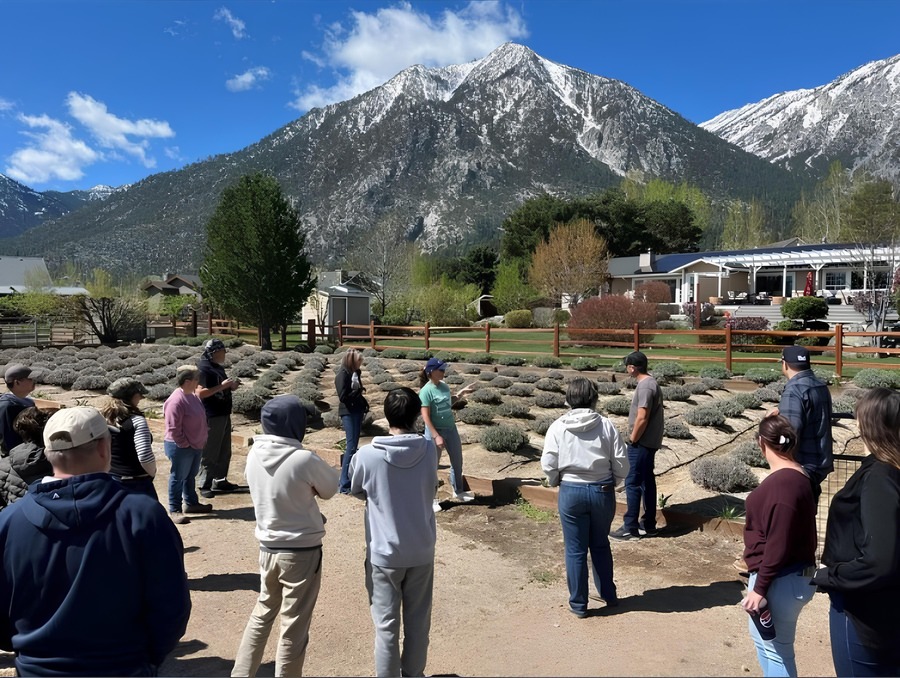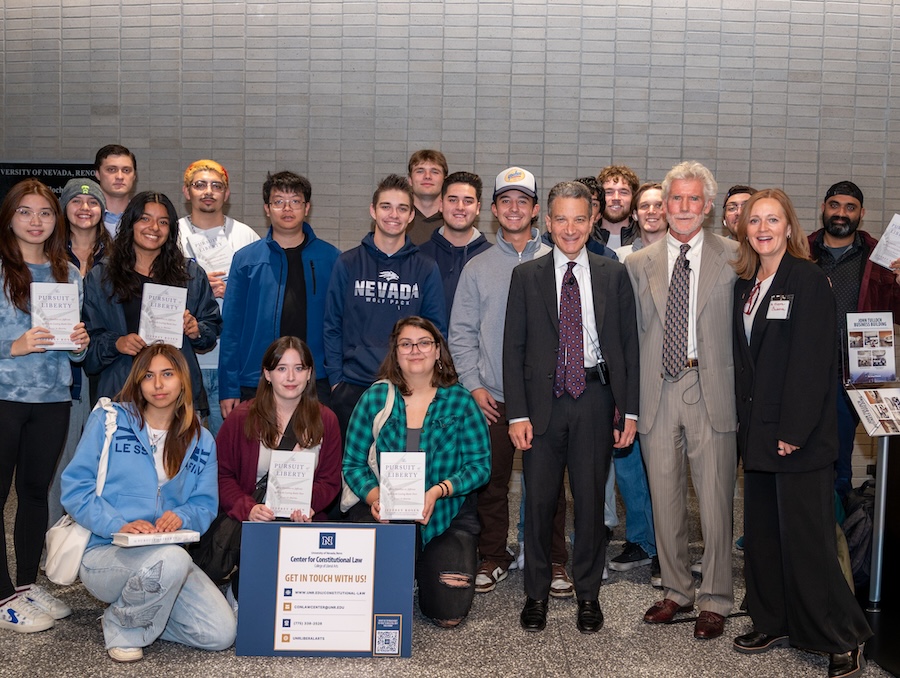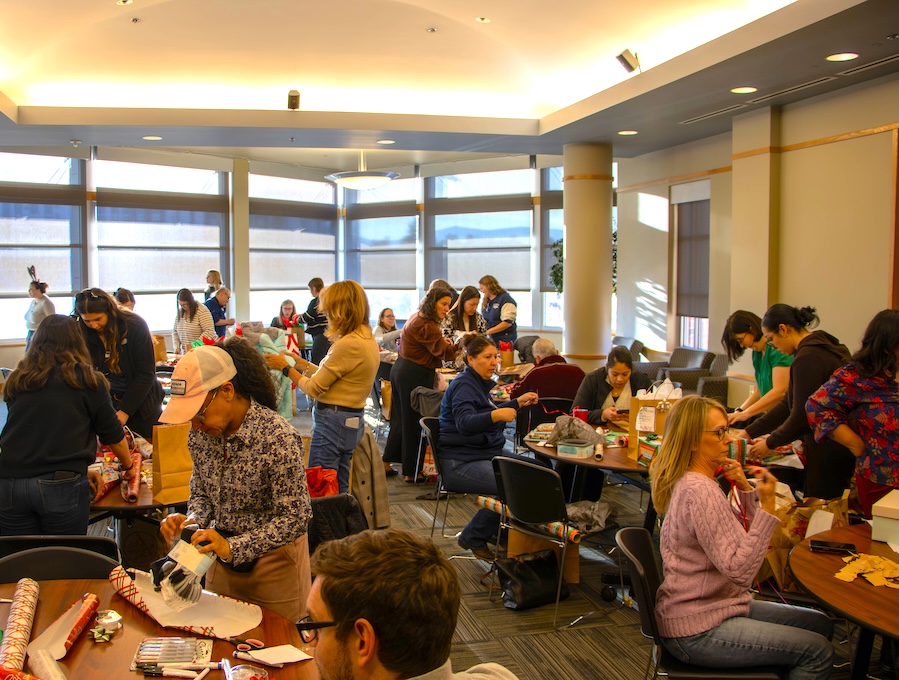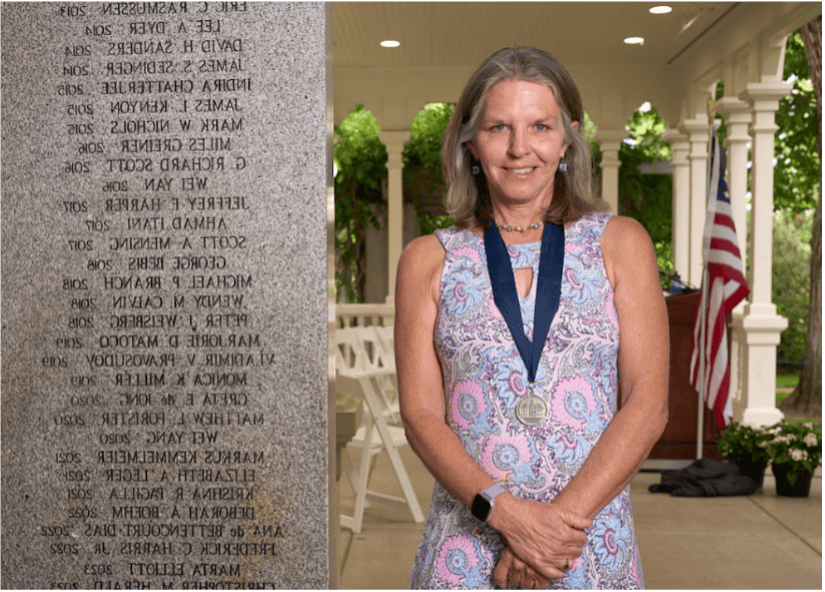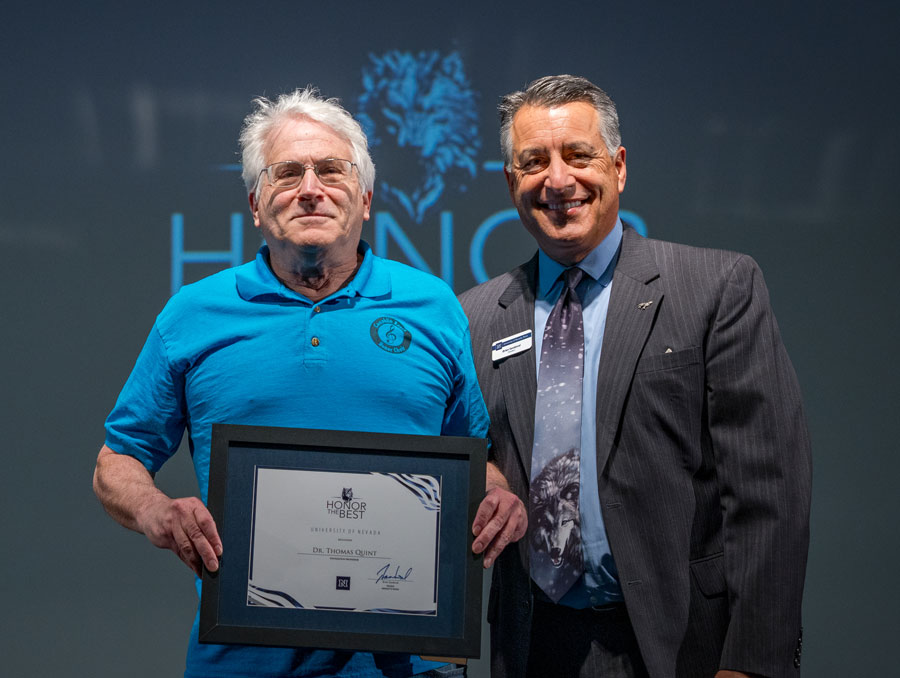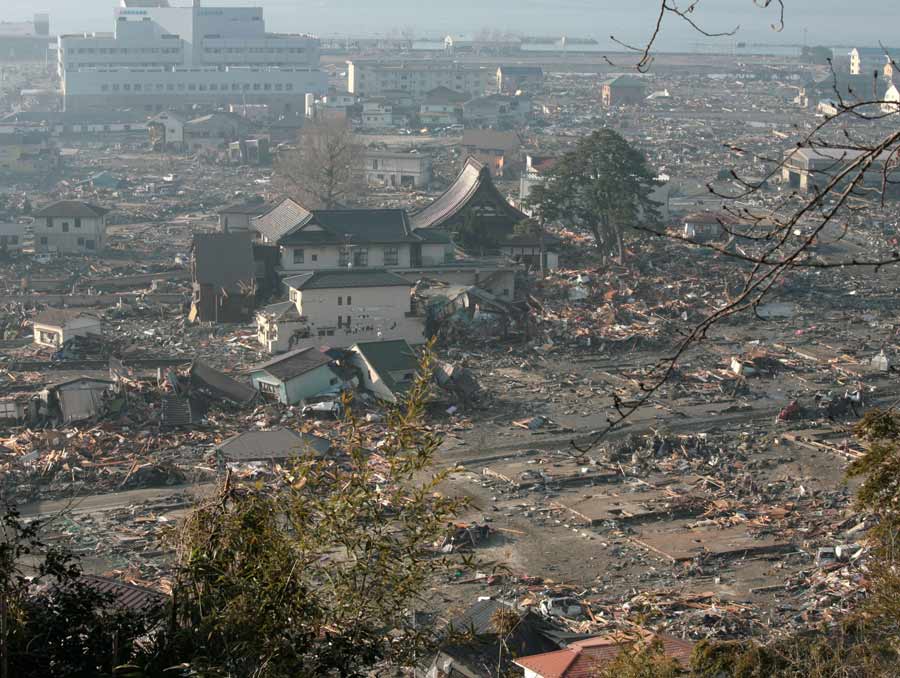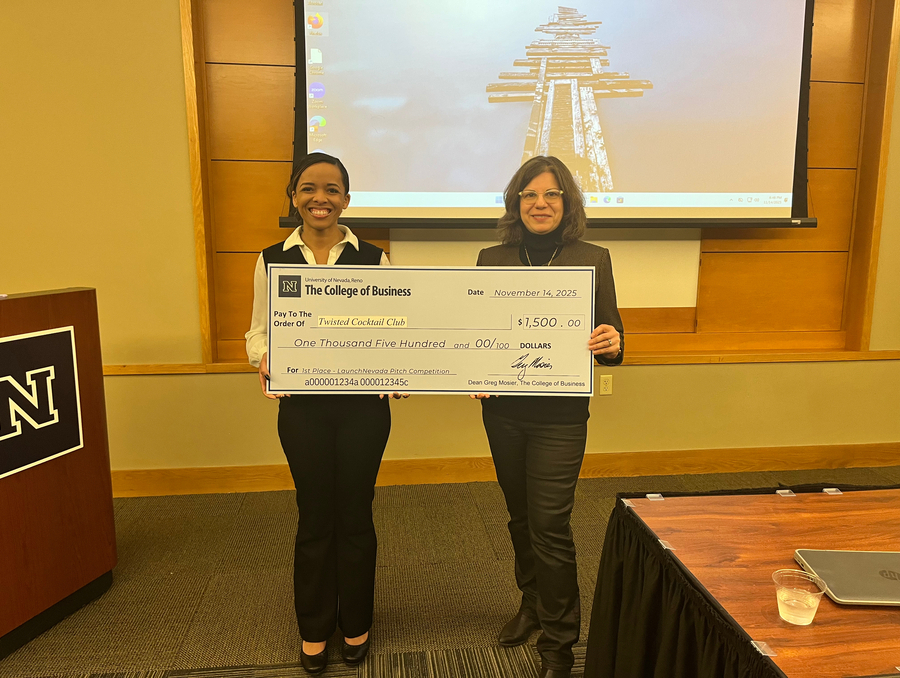By now, the danger that radon in our homes poses to our health – increasing our risk of developing lung cancer – has become fairly well known. The U.S. Environmental Protection Agency estimates radon exposure causes 21,000 deaths annually, making it the second-leading cause of lung cancer in the United States. In Nevada, nearly 26% of homes tested have radon levels at or above the Environmental Protection Agency’s action level. Now, Nevadans have access to borrow electronic radon monitors that make it easier and quicker to test their homes for the deadly gas.
The new monitors have been obtained by University of Nevada, Reno Extension’s Nevada Radon Education Program. The program has been providing information and one-time-use, disposable, charcoal test kits that require users to mail them in and wait for results since 2007, with more than 41,000 homes being tested. While the new electronic radon monitors will not replace the mail-in kits, Extension hopes that the new electronic radon monitors, which begin to show results within minutes and don’t require mailing in, will encourage even more Nevadans to test their homes for the naturally occurring radioactive gas that is colorless, odorless and tasteless.
“We’re really excited to have obtained these electronic monitors that people can just check out at our offices,” said Chris Kelly, manager of Extension’s Nevada Radon Education Program. “We know that for some people, having to mail in and wait for results may have been a deterrent to testing. Now, these new monitors give those folks the option to just plug in a device and start seeing results within minutes. We just want people to test – that’s the bottom line. Lung cancer claims more lives each year than all other cancers combined, and we hope these new monitors can help us do something about that.”
The new electronic monitors may be borrowed for free, and test results are not reported or stored on the devices. This online map shows the lending locations, including the University’s Extension offices throughout the state, as well as the office of the College of Agriculture, Biotechnology & Natural Resources on campus and the Renown Health Pulmonary Rehabilitation in Reno.
Instructions are provided regarding where to place the monitor, such as in a commonly used, open living space with stable temperatures; as well as places to avoid, such as near windows, direct sunlight, vents or drafty areas. After plugging in the monitor, it will turn on automatically and dashes will appear, which means the monitor is warming up and collecting its first data.
After about 10 minutes, the first reading will appear. If the screen shows a red dash, the radon level is above the EPA-designated safe threshold of 4 pCi/L and may need attention. The monitor updates every 10 minutes, showing a rolling hourly average (based on the last six 10-minute readings). Extension recommends using the monitor for about a week, just to confirm hourly averages are generally consistent.
Those with consistent readings over 4 pCi/L are encouraged to double-check the results by also getting a mail-in test kit, and retesting. The mail-in kits are available for pickup at Extension offices now through the end of the year for $15, and free of charge in January and February. But, those who have tested with the monitors and are trying to verify the results with the mail-in kits can get the mail-in kits for free anytime. The mail-in kits can also be purchased online from Alpha Energy Laboratories for about $15.
If the radon level readings are consistently above the safe threshold, it is recommended to contact a certified radon mitigation contractor in the state to help fix the problem.
“There are people trained and certified who can fix the problem,” Kelly said. “Your home can be fixed, and you can rest easy that you are not being affected by radon. Just test. Make use of these monitors we’ve obtained. It’s so easy.”
Extension, in collaboration with the Environmental Protection Agency, encourages all Nevadans to test their residences, schools, day cares and other buildings for radon. The Nevada Radon Education Program is funded through Grant Number K1-98T379260 from the Environmental Protection Agency. For more information, email Kelly.

